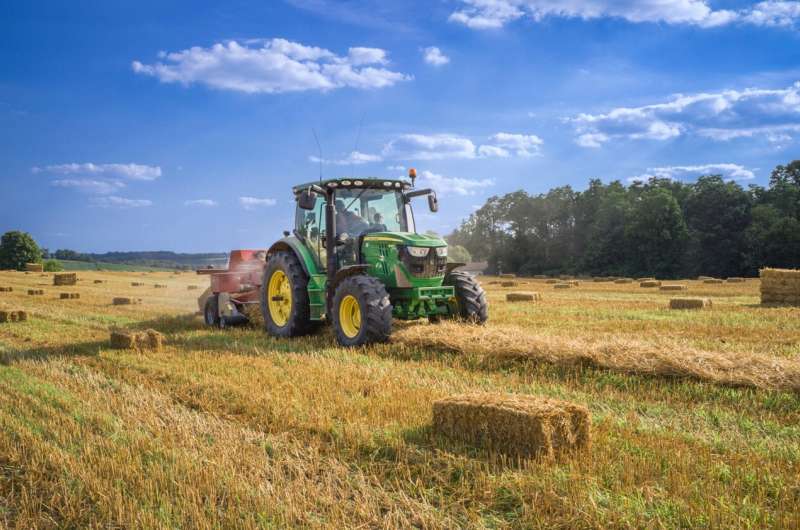Sustainable farming: There's no one solution

Sustainable agriculture will not be achieved by one universal solution. A meta-analysis by the University of Basel shows that the current focus on no-till farming does not achieve the desired results. A sustainable system of agriculture must be designed for local needs and in dialog with local farmers.
In 2016, the United Nations developed 17 Sustainable Development Goals to build a world based on conservation, social justice and environmental sustainability by 2030. A more sustainable agriculture is one of these goals. In recent decades, many studies have been carried out in this field aimed at developing less resource-intensive farming practices.
For some time, international organizations like the World Bank and the Food and Agriculture Organization (FAO) of the United Nations have recommended three principles to achieve sustainable agriculture: no-till farming, crop residue retention and crop rotation.
No-tillage and direct sowing received the most focus. No-tillage means the soil is not plowed. Instead, seeds are planted directly into the unworked earth. The purpose of this practice is to protect the soil from erosion, store more carbon dioxide and increase crop yields.
Little positive effect
However, the exact meaning of no-till farming has never been defined precisely, especially whether residue retention is part of it. As a result, some studies came to the conclusion that no-tillage is extremely effective, while others found no positive effect. Farmers also became more skeptical as some experienced declining crop yields.
Professor Nikolaus Kuhn of the Department of Environmental Sciences at the University of Basel and his former Ph.D. student Liangang Xiao of the North China University of Water Resources and Electric Power have now analyzed 49 such studies in a meta-analysis. They conclude that the specified goals—storing carbon dioxide, protecting soil and increasing crop yields—cannot be reached by no-till farming and direct sowing alone. On the other hand, if crop residues are retained on the fields after the harvest, the desired positive effects prevail.
Criticism of international agricultural policy
Kuhn explains the extremely variable results of past studies as a consequence of the imprecise definition of the practice and the tendency of international organizations to push forward with simplified, universal solutions. And while the data now available may show that leaving crop residues on the fields is a more promising approach to sustainable agriculture than no-till farming alone, Kuhn warns against focusing entirely on a single practice again: "Nature is too multifaceted for a single practice to achieve good results everywhere."
To counter farmers' skepticism of recommendations by scientists and policymakers, he says, it will be important to stop looking for one, universally applicable solution in the future. A better approach is to develop practices tailored to the local environment and in dialog with the people who farm the land.
The research was published in Global Change Biology.
More information: Liangang Xiao et al, Net effects of conservation agriculture principles on sustainable land use: A synthesis, Global Change Biology (2021). DOI: 10.1111/GCB.15906
Journal information: Global Change Biology
Provided by University of Basel




















